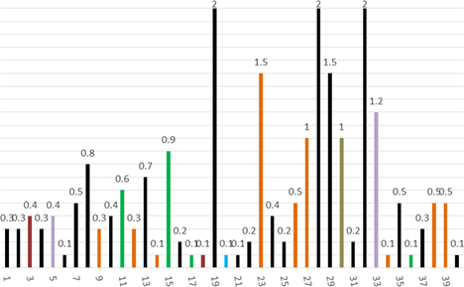Abstract
Hyposalivation contributes to several health problems. It can produce serious adverse effects on one’s quality of life. The prevalence of dry mouth increases with age, and approximately 30% of those aged 60 years and old are being affected. Ageing and medication are the salient causes of hyposalivation / Xerostomia. The study aims to analyse the salivary flow rate of senior citizens by a questionnaire method & to confirm through clinical evaluation. The objective of the study is to show the importance of clinical evaluation of the oral cavity in estimating the salivary flow. The study was conducted among 40 senior citizens of age 60 & above. The assessment of dry mouth was done by questioner method and by collecting unstimulated saliva. The collected data were subjected to statistical analysis, and chi-square test was performed. It showed that patients who believed that they were pretty fine also had hyposalivation clinically. 57.5% of total participants had less salivary flow rate. Also, 67.5% of participants showed oral manifestation of periodontitis with 7.5% mirror stick appearance. 32.5% of participants had dry-mouth out of which most of them were females and had no drug history. Even though there are many signs and symptoms for oral dryness, clinical evaluation always stands first in diagnosis. Patient under drug therapy and elderly patient’s routine dental checkup can help them to know about their dental and general health status.
Full text article
Authors

This work is licensed under a Creative Commons Attribution-NonCommercial-NoDerivatives 4.0 International License.

